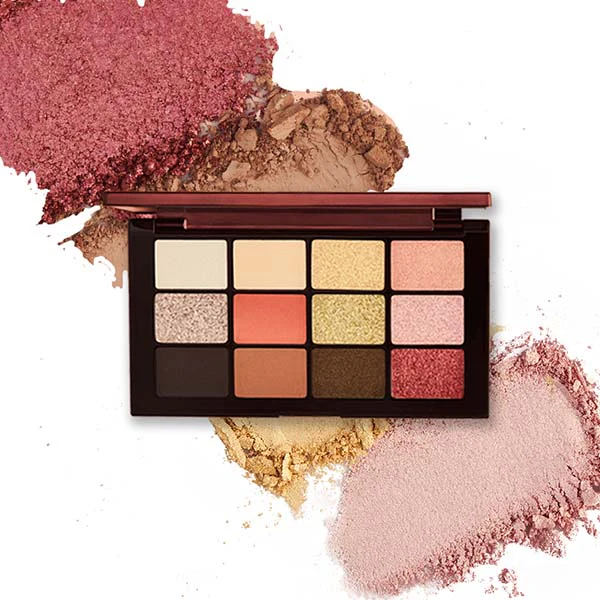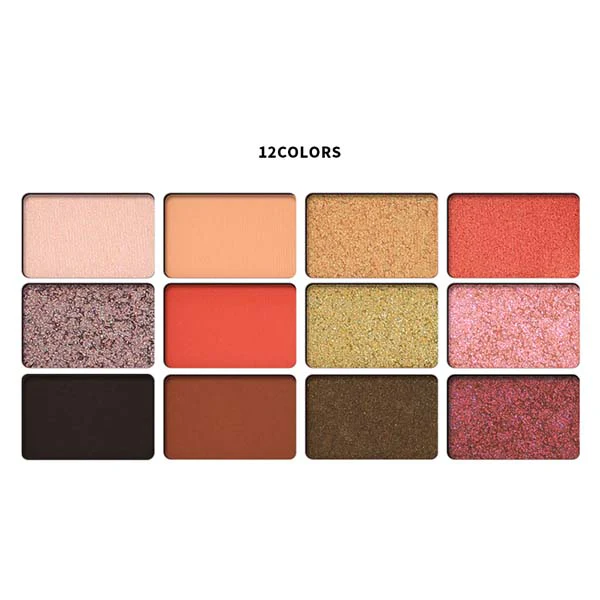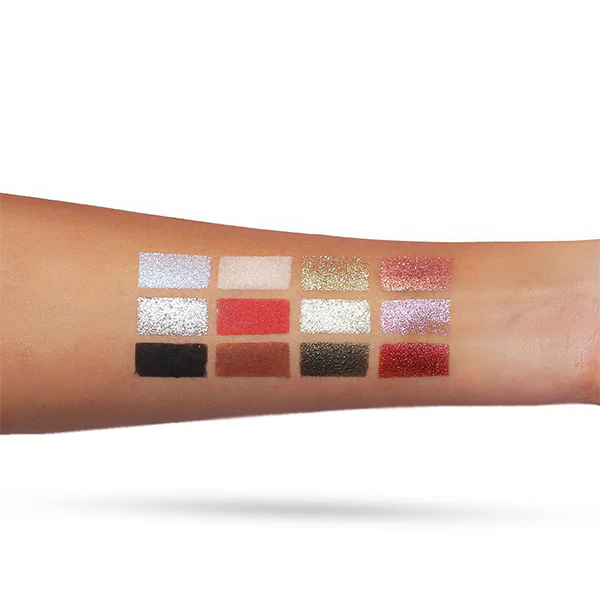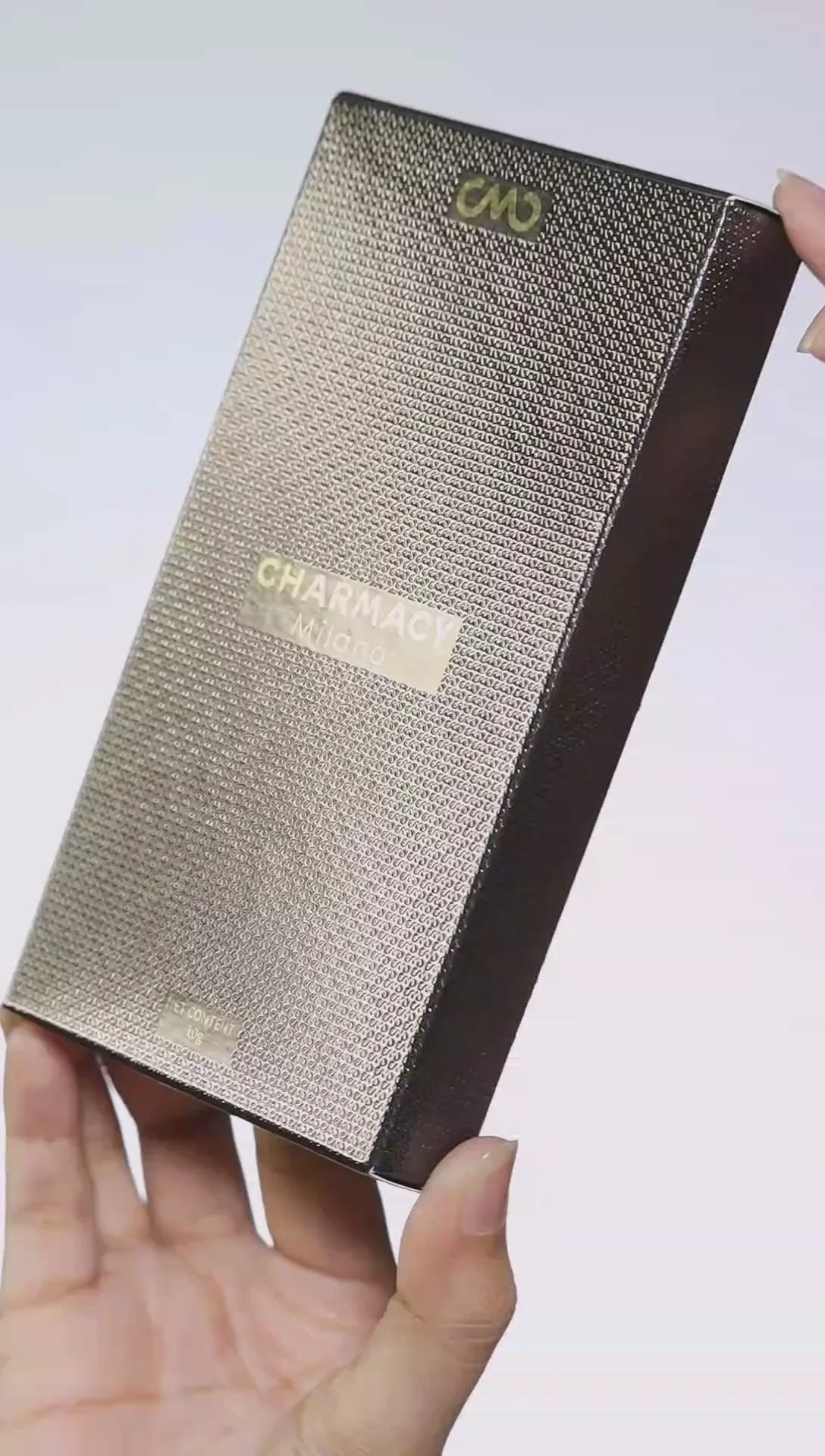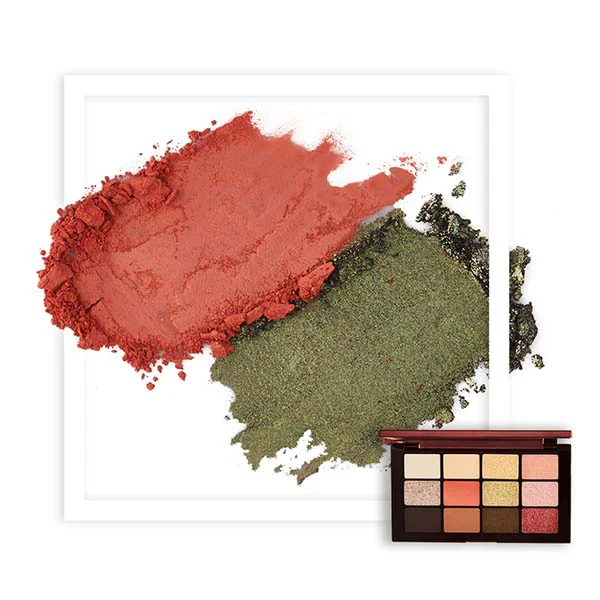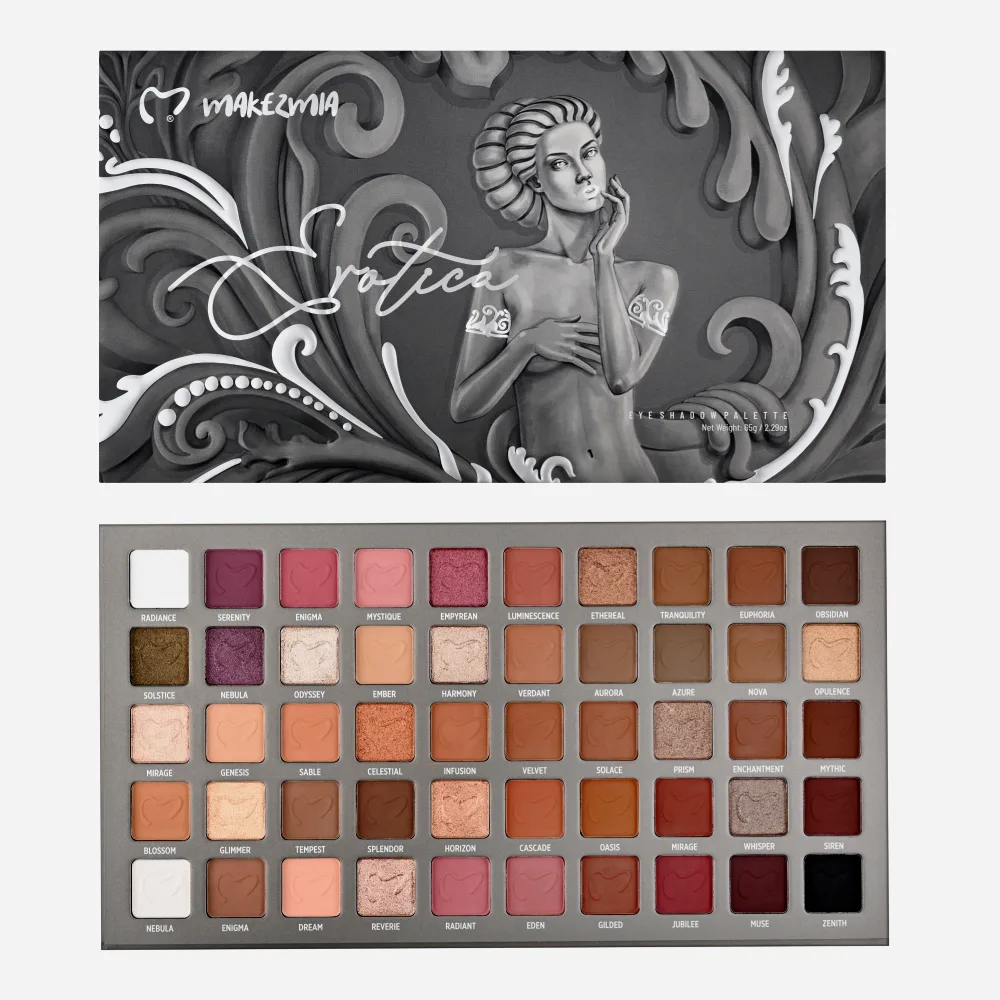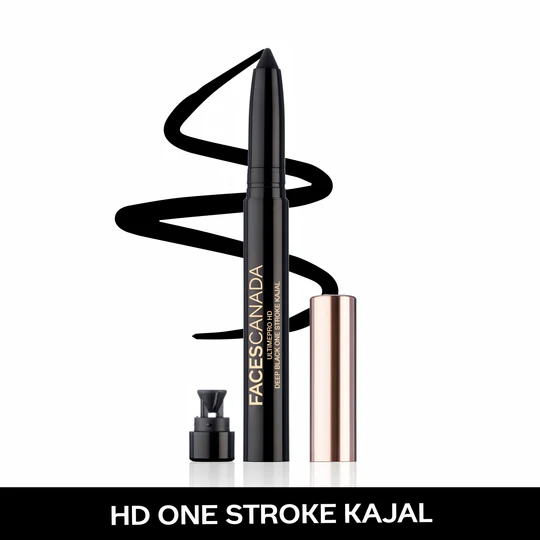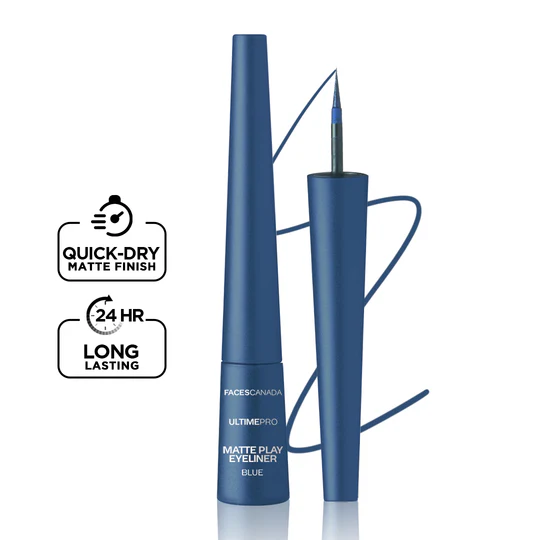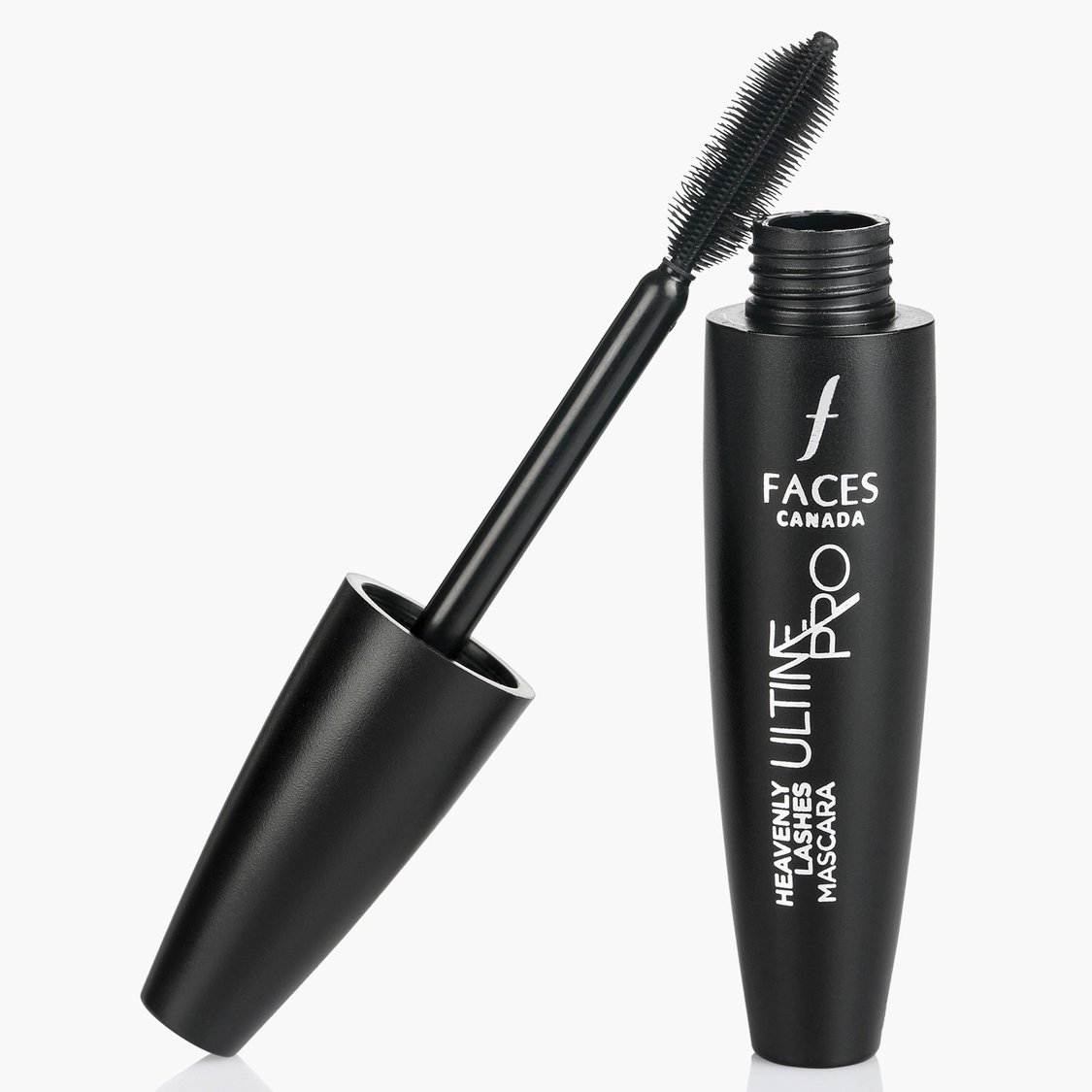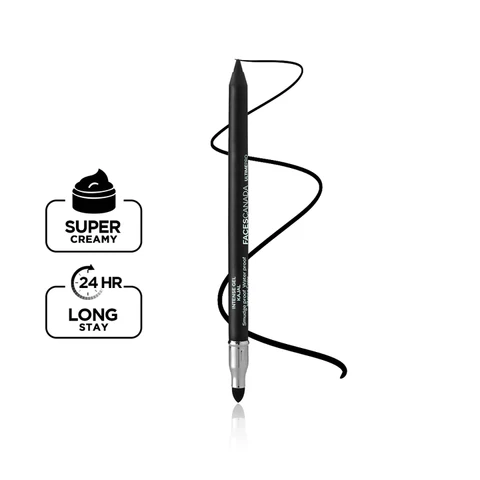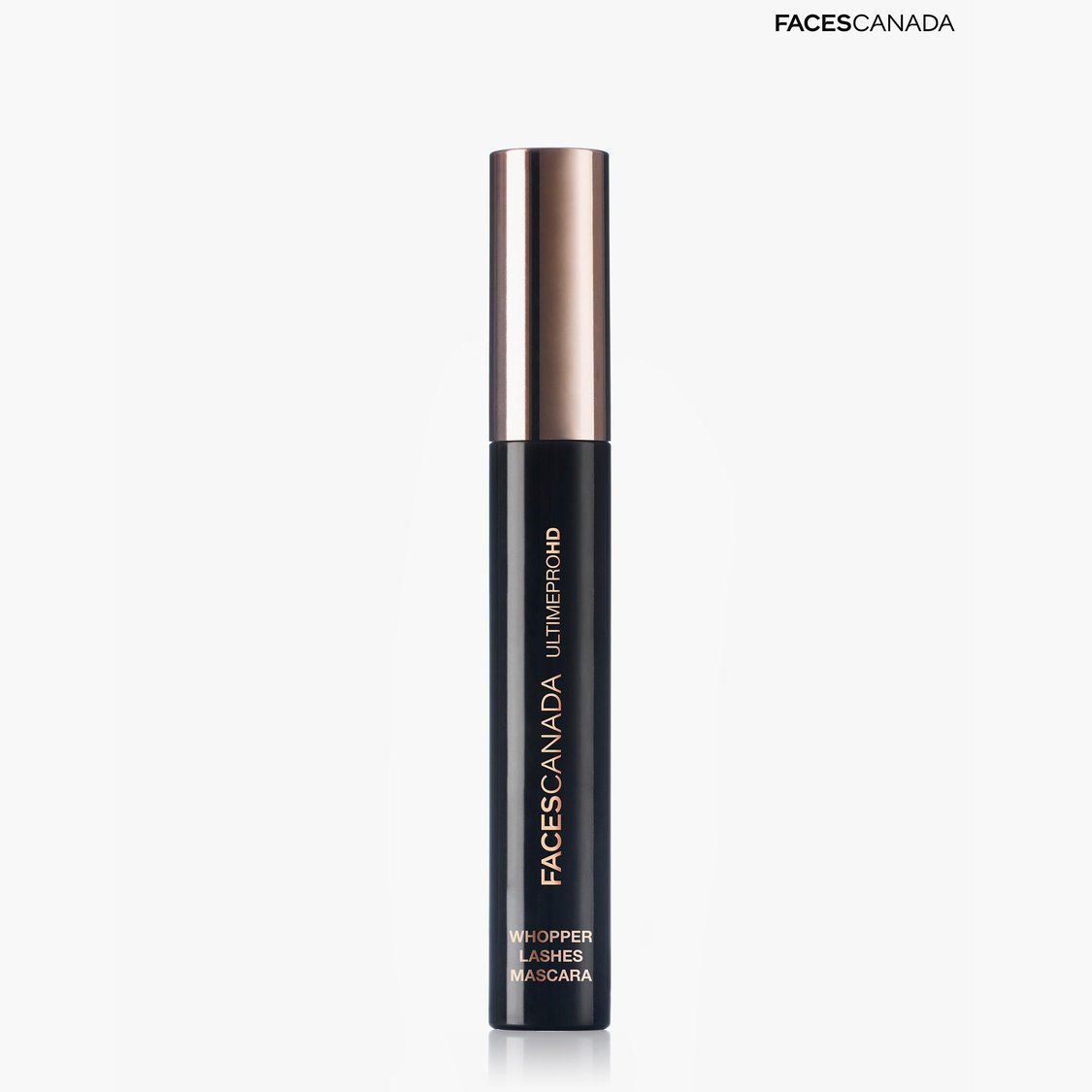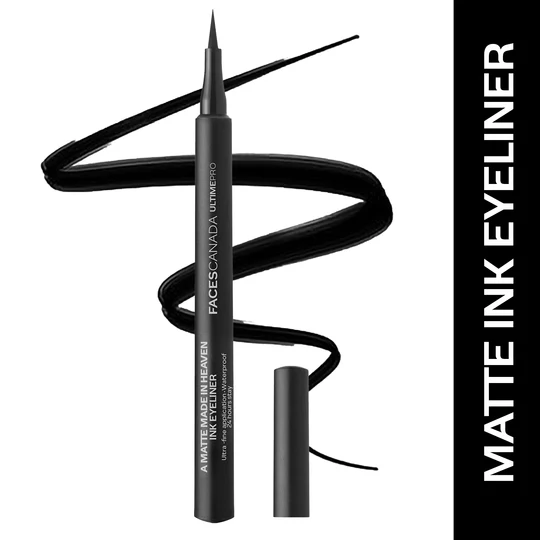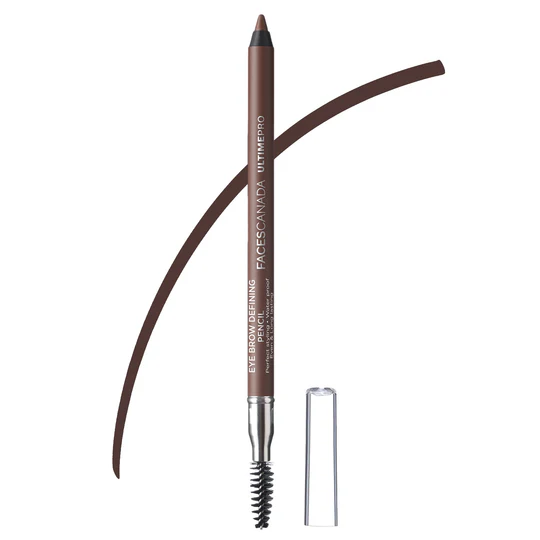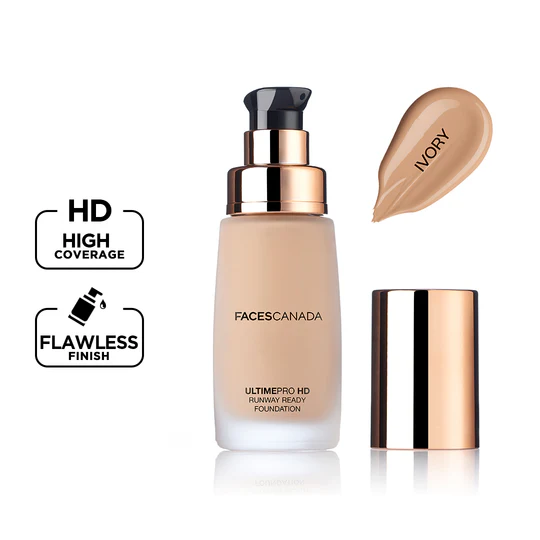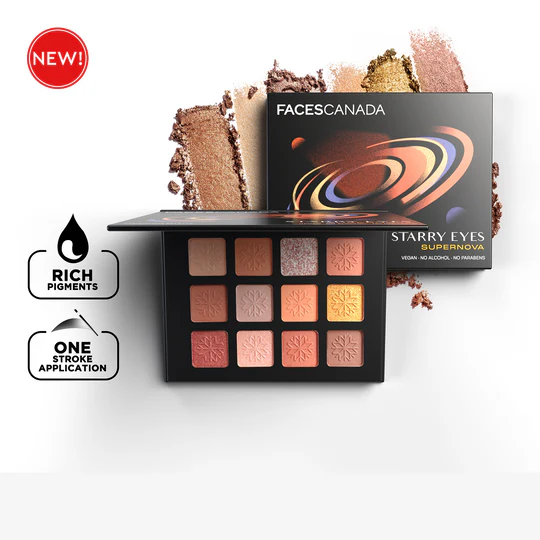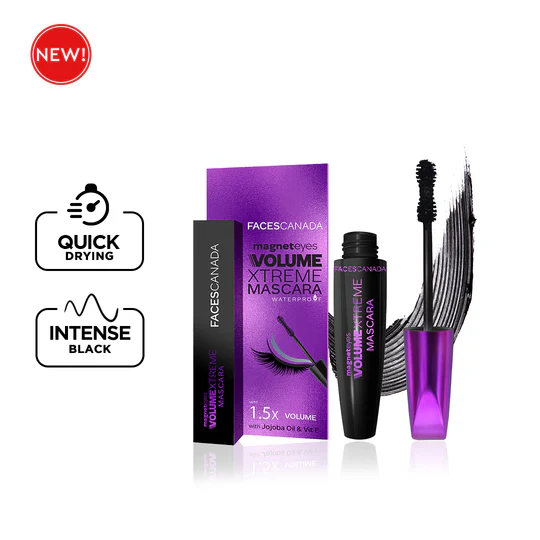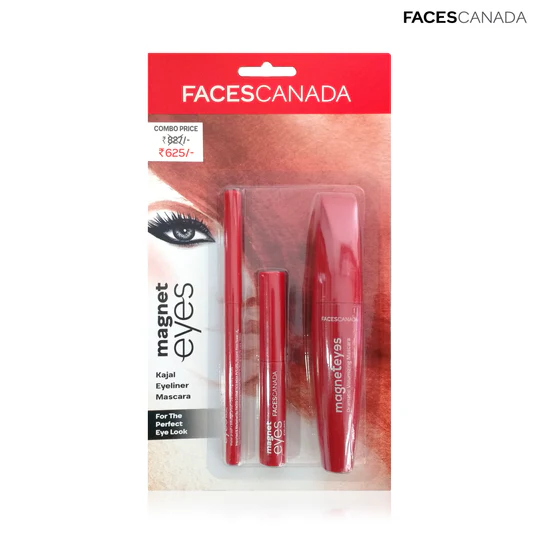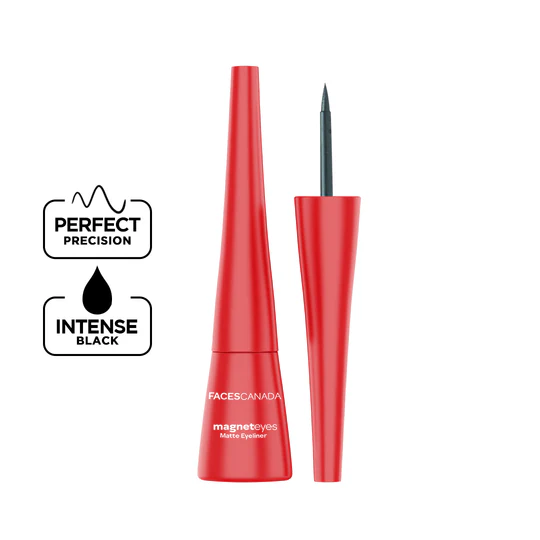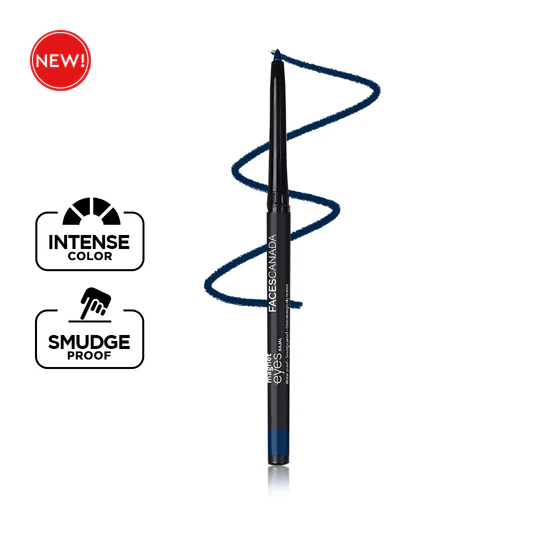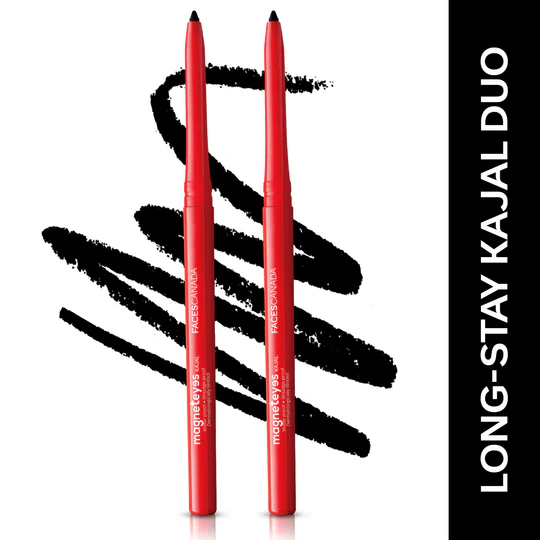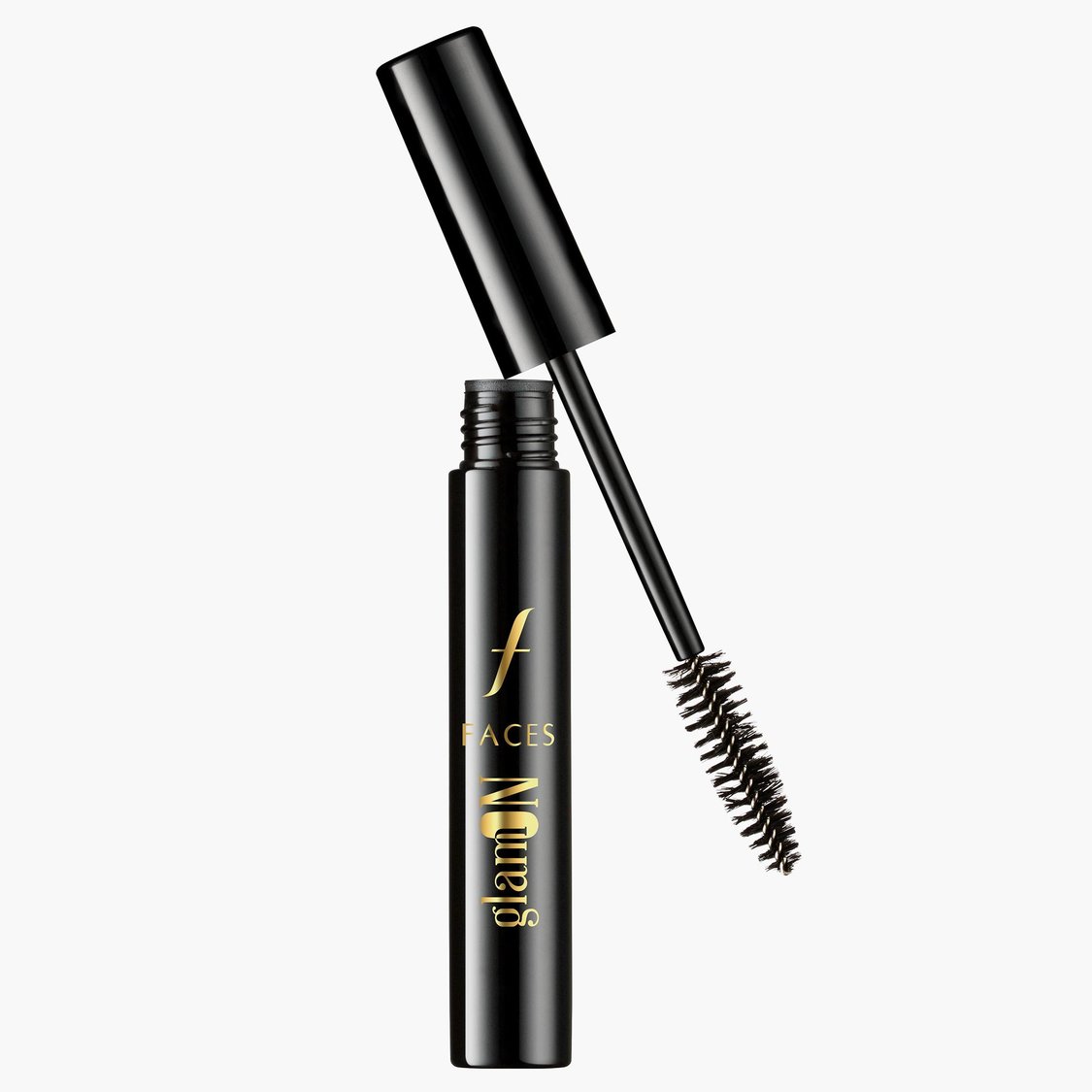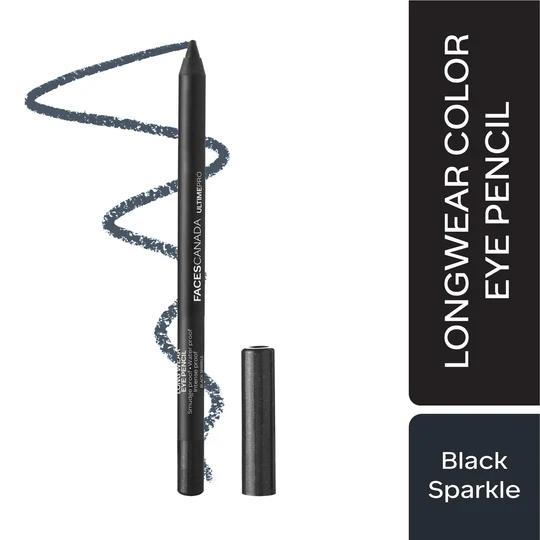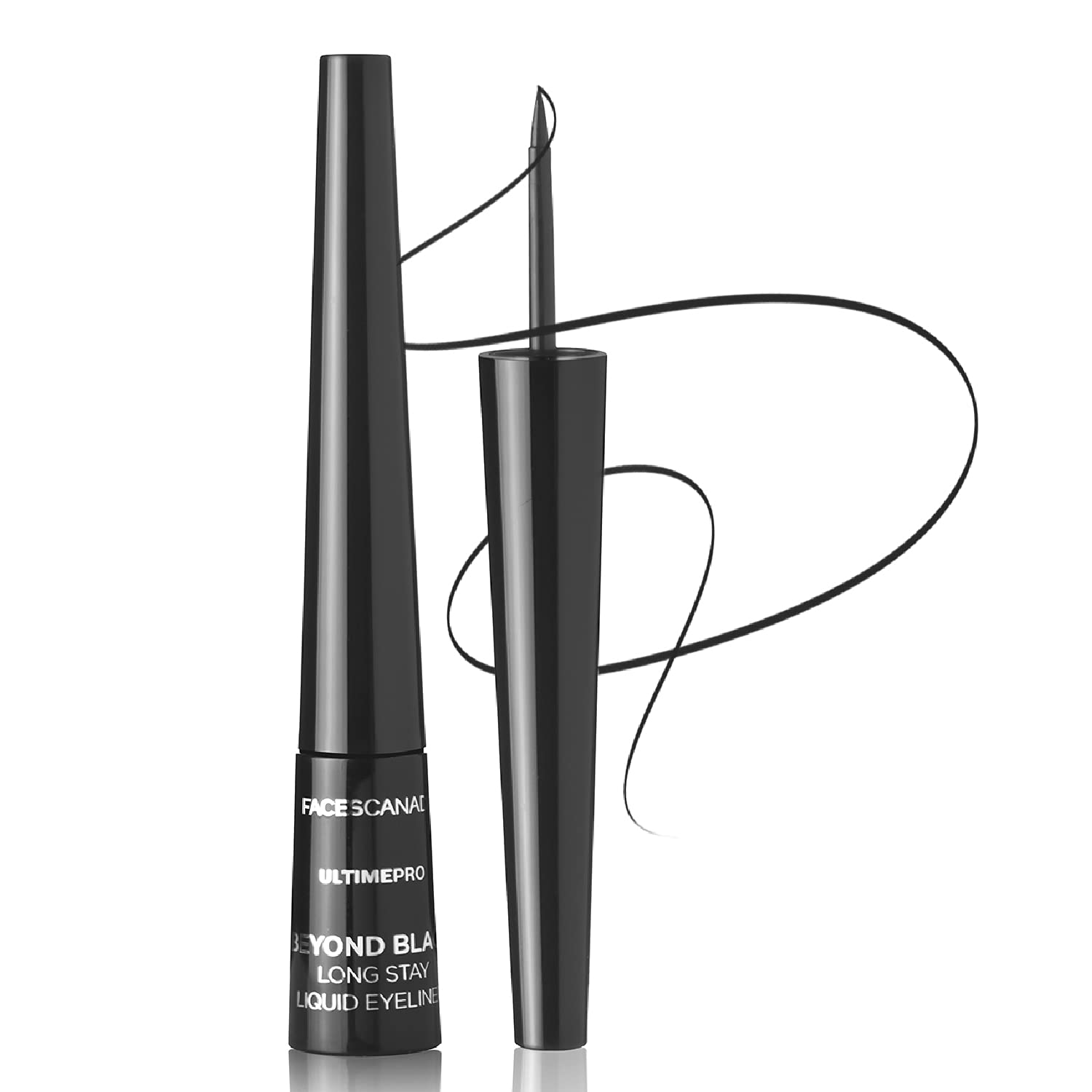Related Products
Related Products
Prep your eyelids: Apply an eyeshadow primer to create a smooth base for your eyeshadow and improve its wear time. This will help prevent creasing and make the colors appear more vibrant.
Choose your tools: For applying the shadow, you'll need different brushes depending on the desired effect.
- A flat shader brush works well for applying base colors and packing on color for a bolder look.
- A fluffy blending brush is essential for softening harsh lines and blending different shades seamlessly.
A small, angled brush is useful for applying shadow close to the lashline and defining the crease.
Apply and blend:
- Start with a base shade: Choose a light matte shade from the palette and apply it all over your eyelid as a base color. This helps even out your skin tone and provides a neutral canvas for the other colors.
- Define the crease: Use a medium-toned shade, preferably matte, to define the crease of your eyelid. Apply it with a back-and-forth motion in the crease, blending it upwards to avoid harsh lines.
- Apply shimmer or metallic shades: Choose your desired shimmer or metallic shades for your lid or outer corner. Use a patting motion with a flat shader brush for a more concentrated application.
- Blend everything out: Use your fluffy blending brush to soften any harsh lines and blend all the shades together for a smooth transition.
Additional tips:
- Use a light hand when applying eyeshadow, especially with shimmery shades. You can always add more, but it's harder to take away.
- To create a smokey eye, use darker shades in the crease and blend outwards.
- To make your eyes appear brighter, apply a light shimmery shade to your inner corner.
- For extra staying power, dampen your brushes slightly before applying the eyeshadow.
- If you experience any fallout, use a clean makeup brush to dust off any fallen shadow before applying mascara.


